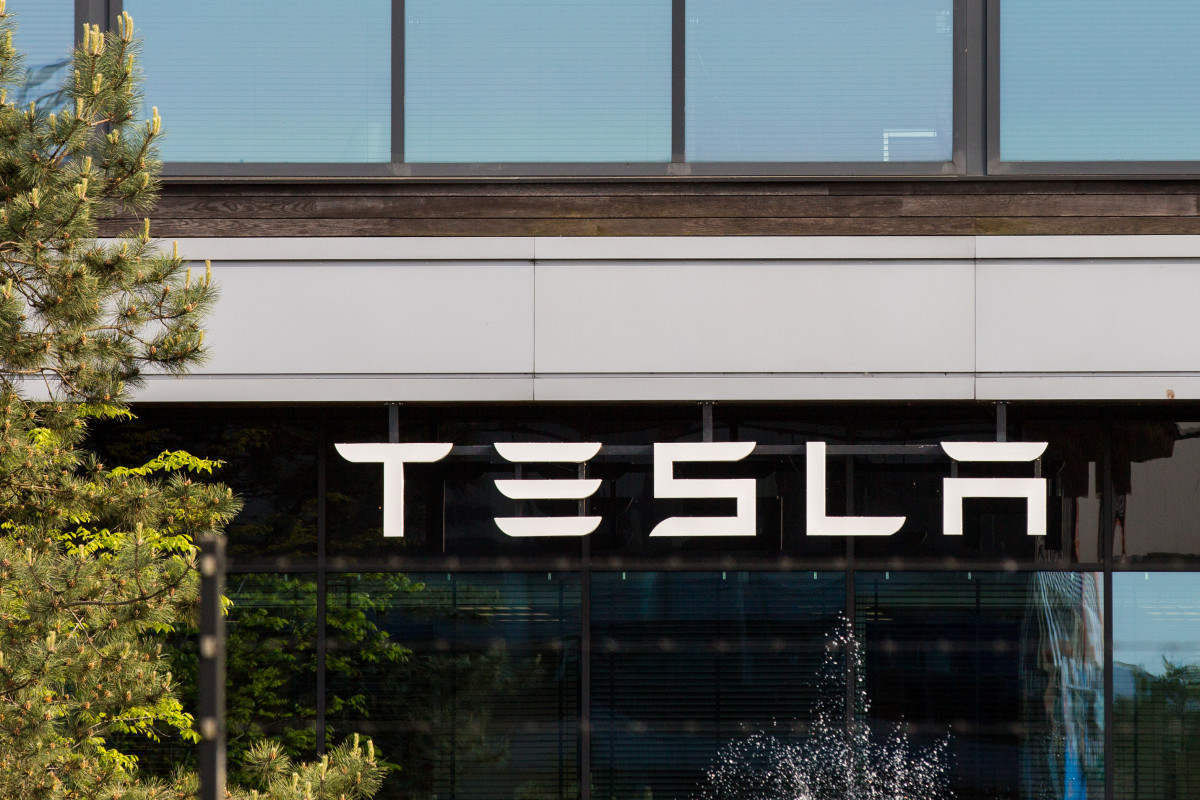Tesla is facing a new wrongful-death lawsuit after a Model S crash in Wisconsin turned deadly, with the victims’ family claiming the car’s electronic door design trapped passengers inside a burning vehicle. According to court filings, Jeffrey and Michelle Bauer were killed when their Model S struck a tree and caught fire on November 1, 2024. The couple’s four children allege that Tesla’s door system failed after impact, preventing the occupants from escaping as flames spread from the battery pack.
The complaint, filed in Dane County Circuit Court, accuses Tesla of negligence, design defect, and wrongful death. It claims the automaker “knew or should have known” that its electronic doors could malfunction in high-voltage fire events and that manual overrides were poorly labeled and difficult to access in emergencies. The lawsuit also names the driver’s estate as a co-defendant, citing negligent operation of the vehicle.

A Pattern of Controversy Around Safety Systems
The case adds to a growing list of safety concerns surrounding Tesla’s design philosophy. The issue isn’t new. Past cases like Model Y owners being forced to smash windows after door handles failing and new regulations possibly forcing Tesla to rethink their iconic door handles have already highlighted the risks of Tesla’s minimalist electronic-handle design, which can become inaccessible after a crash or power failure.
While the company has championed minimalist interiors and software-driven interfaces, critics say physical safety fundamentals have sometimes been compromised for aesthetics or automation. Earlier this year, a separate crash investigation renewed scrutiny of Autopilot’s reliability, after a Tesla on autopilot crashed into a park police SUV. Regulators at the National Highway Traffic Safety Administration (NHTSA) continue to probe Tesla’s advanced driver-assistance systems and post-crash fire behavior.
At the same time, Tesla’s public messaging remains focused on technological breakthroughs. CEO Elon Musk recently teased a next-generation Tesla Roadster promising “crazy technology,” a claim where Musk hinted at propulsion innovations that could allow limited hovering capability. For some safety advocates, such lofty claims highlight a widening gap between Tesla’s futuristic ambitions and its unresolved real-world safety issues.

Legal and Industry Ramifications
The Bauer family’s lawsuit argues that Tesla’s reliance on electrically actuated door handles and digital locking mechanisms introduces unnecessary failure points. Attorneys cited previous incidents in which crash survivors reportedly struggled to locate hidden manual releases under floor mats or carpeting. Similar allegations surfaced in other Tesla fire-related cases, including one involving a Cybertruck where door mechanisms allegedly jammed after a collision. The problem’s influence is also extending beyond Tesla itself, as rival EV makers are rethinking their own flush-handle designs amid the growing scrutiny.
The suit also raises questions for the broader insurance industry, which is watching Tesla’s automation claims closely. Some companies, like Lemonade, have gone the opposite direction, placing faith in the automaker’s software. The insurer has floated proposals for ultra-low or even free premiums for drivers using Tesla’s Full Self-Driving (FSD) mode. The Wisconsin case, however, may test whether public confidence in Tesla’s safety tech remains justified.

Why It Matters
For Tesla, this lawsuit underscores a larger question about design priorities. As the company pushes the boundaries of automation and futuristic design, it faces renewed pressure to ensure that basic physical safety features, like accessible exits, are not sacrificed for style or software.
The outcome of the Bauer family’s case could influence both Tesla’s engineering decisions and regulatory oversight across the electric vehicle industry. If courts or investigators determine that door-system design contributed to the fatalities, the fallout could extend beyond one model line, potentially reshaping how automakers balance innovation with safety fundamentals.


